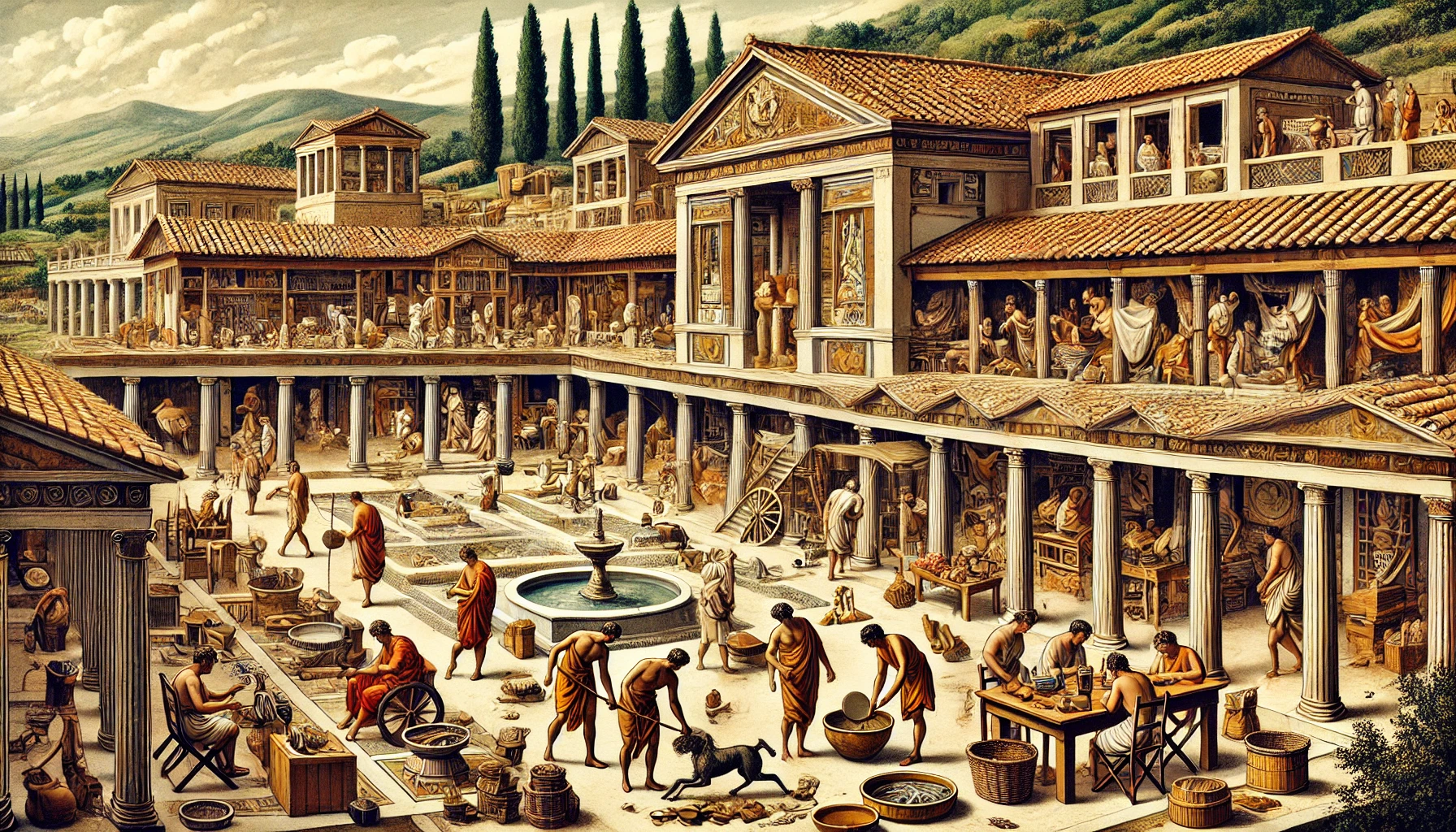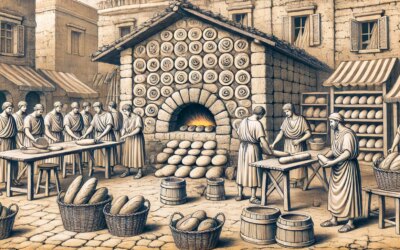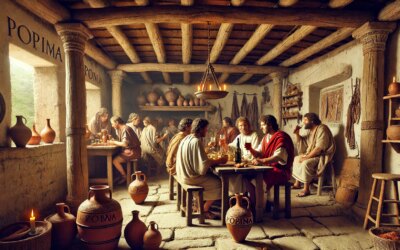Introduction
Throughout the Roman Empire, villas stood as symbols of wealth, power, and refined taste. These sprawling estates, owned by the elite, offered a glimpse into the luxurious lives of Rome’s upper class. Beyond their grandeur, they also served as centers of agricultural production and economic activity. But what was life really like inside these magnificent residences?
Architecture and Design
Roman villas were masterpieces of architectural ingenuity. Designed with both comfort and aesthetics in mind, they typically featured large central courtyards, expansive gardens, and private bathhouses. Many were adorned with intricate mosaics, frescoes, and statues, reflecting the owner’s status and appreciation for art.
The Atrium and Peristyle
The atrium was the heart of a Roman villa, an open-air space where guests were received. Often decorated with elaborate fountains and marble columns, it set the tone for the opulence within. Beyond the atrium lay the peristyle, a colonnaded garden surrounded by living quarters, offering a serene retreat from the bustling outside world.
Life of the Patricians
For Rome’s aristocrats, villa life was one of leisure and intellectual pursuits. Mornings were typically spent managing affairs, receiving clients, or engaging in political discussions. Afternoons allowed for relaxation, with many enjoying baths, poetry readings, or philosophical debates. Evenings often culminated in lavish feasts, featuring exotic foods, music, and entertainment.
The Role of Education
The children of wealthy Romans received private education at home, taught by skilled tutors in subjects like rhetoric, philosophy, and literature. A villa provided the perfect environment for fostering learning, with libraries stocked with scrolls from across the empire.
The Lives of Slaves and Servants
While patricians lived in luxury, the daily functioning of a villa depended on the labor of slaves and servants. These individuals maintained the gardens, prepared elaborate meals, and tended to the household’s every need. Skilled slaves, such as Greek tutors or scribes, often held privileged positions, while others endured harsher conditions.
Household Hierarchy
At the top of the household was the paterfamilias, the head of the family, who exercised control over both family members and servants. Below him, a hierarchy of household slaves managed different aspects of villa life, from overseeing kitchens to maintaining baths and vineyards.
Villa Economy and Agriculture
Many Roman villas were more than just homes—they were agricultural centers producing wine, olive oil, and grains. These self-sustaining estates played a crucial role in the economy, supplying both the household and local markets. Wealthy villa owners often took great pride in their lands, employing skilled workers to ensure high-quality production.
Trade and Wealth
The most successful villa owners expanded their influence by trading their goods throughout the empire. Villas along the coast or near trade routes became centers of commerce, blending luxury with economic prosperity.
Legacy of Roman Villas
Though the Roman Empire eventually declined, many villas endured, influencing later European architecture and estate design. Their ruins, found across Italy, Spain, and North Africa, continue to provide insight into the sophistication of Roman society.
Modern Influence
The concept of country estates, inspired by Roman villas, persists today. From Renaissance palaces to contemporary luxury homes, the ideals of space, beauty, and comfort pioneered by the Romans remain deeply ingrained in architectural traditions.
Conclusion
Roman villas were not just homes—they were reflections of status, culture, and economic power. Inside their lavish walls, the daily lives of patricians, servants, and laborers intertwined, creating a microcosm of the Roman world. Exploring these estates offers us a deeper understanding of ancient Rome’s complexities, where luxury and labor coexisted in an empire that shaped the world.






